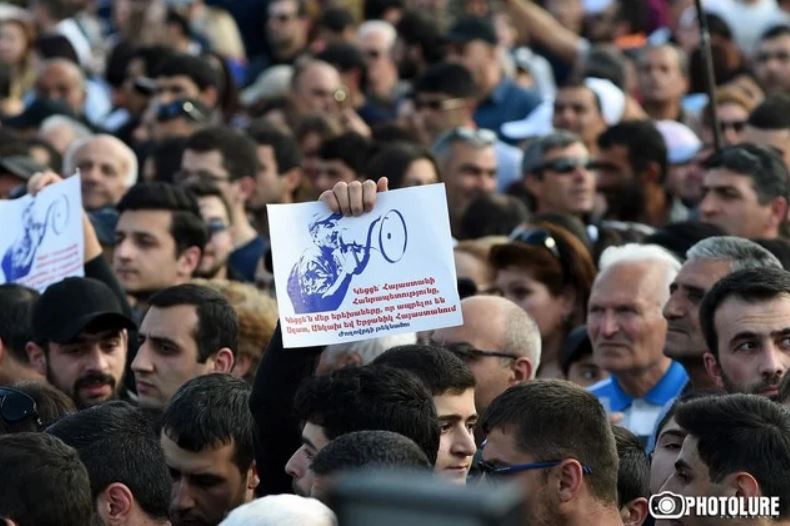Currently, a Russian-Turkish project is being implemented in connection with Armenia and Artsakh
As long as the authorities of Armenia did not start talking openly about the fact that the people of Artsakh can live very well, safely, and securely under the rule of Azerbaijan, we could think that we are dealing with some misunderstanding on the part of those authorities – terrible, catastrophic, but of misunderstanding. But it cannot happen that the brains of several tens of people are darkened to such an extent that they think that the fate of 30,000 Armenian children, in particular, can be handed over to people who terrorize them even in the presence of Russian peacekeepers.
Nor can it be a misunderstanding to periodically slander about the weakness of one’s army or admit one’s inability to buy weapons. Therefore, most likely, we are dealing with adequate, mentally healthy people whose beliefs were formed under a different, non-Armenian concept. In that sense, we should probably review the events of 2018, putting aside the weakness and corruption of the regime at that time, as well as Serzh Sargsyan’s fatal mistake of going for a “third term.”
Of course, all of that was there, and sooner or later, that rotten regime had to fall anyway. But let’s see who was interested in the change of government in Armenia and the arrival of another government that would lead to the catastrophic defeat in the war and all the consequences we see now. That is why we must first examine what kind of consensus Russia and Turkey reached in Syria. In short, Russia did not object to Turkey destroying Kurdish associations, and Turkey did not object to Russia having its military airport and navy in the Latakia region Crimea, seized from Ukraine, was also a substantial military base for Russia in so-called “warm” (that is, southern) waters. And although Turkey only formally declared from time to time that it was against the annexation of Crimea, in reality, it was not particularly worried about it. Let me remind you we are talking about the events of 2015-16.
Read also
Thus, a consensus was established between Russia and Turkey, which is mobile; the shares can change depending on the change in the balance of power in this region. In that context, the plan to divide Artsakh and then Armenia, between those two countries, with Armenia’s, at best, symbolic preservation seems quite natural. And here comes the internal Armenian factor. Through Serzh Sargsyan, it would be difficult to implement that plan, which is highly unpleasant for us because he was not popular among the population of Armenia and affected the nerves of the Kremlin for some reasons.
Was needed a popular, populist, ambitious, and adventurous leader who would further dismantle the already decaying state institutions, lose the war, but continue to enjoy the people’s love afterward. The concept of “color revolution” is usually understood as actions that the West organizes against Russia.
But over the decades, the mechanisms of that revolution were so developed and lubricated that it could easily be organized by Russia, especially since Russian companies, in particular, Gazprom, are the biggest employers here. Another issue is that recently Pashinyan is, so to speak, “passively sabotaging” what he promised to Russia.
That is why from time to time, Russian officials call on the Prime Minister of Armenia to tell his people honestly whom and what he agreed with.
The only country that should be against this plan is Iran. But about that- another time.
Aram ABRAHAMYAN
“Aravot” daily, 24.01.2023
























































